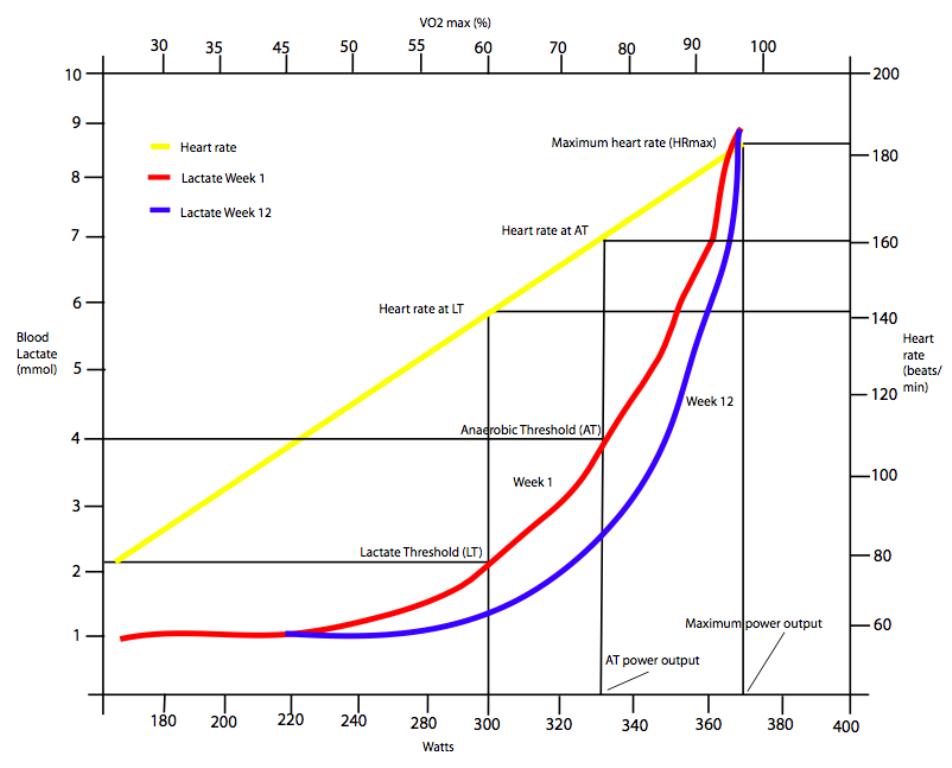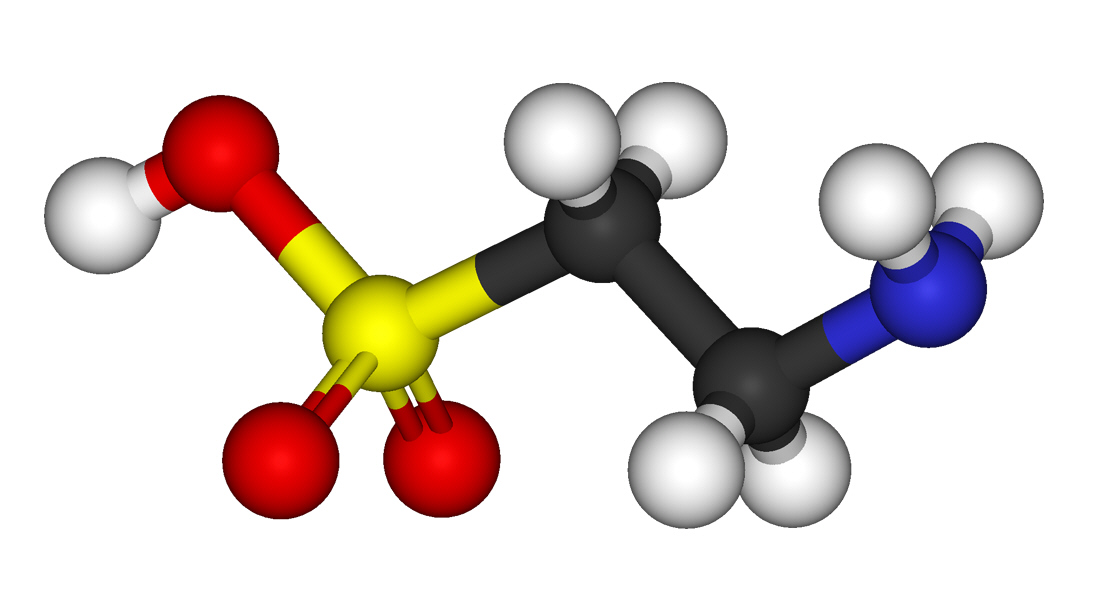
variation of the lactate threshold with training
In many athletic events, very little of the overall improvement in the past 100 years has been due to innovation in the design of sports equipment or the materials used. The main causes of improvement are socio-economic factors such as increased leisure time, increased professionalism of sport, state-supported sports systems, and the increased participation rate of women. Some of the improvement in performance may be due to better coaching and training methods, particularly in strength training and cardiovascular training, and advances in sports medicine that have prolonged athletic careers. In most cases there were temporary declines in performance due to World War I and World War II. In some events, particularly for women, there was a noticeable decline in performance starting in 1989. This was due to the demise of the organised sports systems in the Eastern European nations and the more expansive drug testing programs that were introduced following the disqualification of Ben Johnson at the 1988 Olympic Games.Human height
| Intensity Zone | Event Duration | Level of Intensity | Primary Energy System | %Bioenergetic Contributions | |
|---|---|---|---|---|---|
| Anaerobic | Aerobic | ||||
| 1 | < 6 s | Maximum | ATP-PC | 100-95 | 0-5 |
| 2 | 6-30 s | High | ATP-PC and Fast Glycolysis | 95-80 | 5-20 |
| 3 | 30 s - 2 min | Moderately High | Fast and Slow Glycolysis | 80-50 | 20-50 |
| 4 | 2-3 min | Moderate | Slow Glycolysis and Oxidative | 50-40 | 50-60 |
| 5 | 3-30 min | Moderately Low | Oxidative | 40-5 | 60-95 |
| 6 | > 30 min | Low | Oxidative | 5-2 | 95-98 |
Coconut water contains the electrolytes sodium, potassium, magnesium, calcium and phosphate as well as small amounts of many essential amino acids. That roster of minerals has made it popular among fitness junkies looking for a natural alternative to sports drinks without artificial colors or preservatives, Applegate said.Gatorade, Lucozade, OK, but what about chocolate milk?
But though coconut water is fine for "the typical working-out person," she says, it's not for athletes engaged in intensive training, because compared with some commercial sports drinks, it is low in carbohydrates and sodium, which are essential for recovery following hard-core training.
Coconut water contains very little protein, which is crucial in a true recovery drink, says Becci Twombley, director of sports nutrition at UCLA. She says that after a hard workout, adults need at least 15 to 17 grams of protein; 8 ounces of coconut water contains less than 2 grams of protein, according to an analysis that Singaporean researchers published in 2009.
On the other hand, coconut water contains up to 15 times as much potassium as the average sports drink. Like sodium, potassium is a key electrolyte that gets sweated out during exercise. But because the body loses more sodium than potassium during a workout, all that extra potassium isn't necessarily important in a sports drink, Applegate says. (There's certainly no harm in it either, she adds.)
A few small studies by researchers in Malaysia suggest that coconut water can rehydrate the body about as reliably as a sports drink and perhaps a little better than plain water. In one study, eight men exercised in the heat until they lost about 3% of their body weight and then drank either coconut water, plain water or a sports drink to rehydrate. All three beverages replenished the men equally.
In a second study, 10 men who exercised in the heat for 90 minutes drank either water, a sports drink, coconut water or coconut water plus sodium. After two hours, those who drank the sports drink and coconut waters were slightly more rehydrated - measured by the amount of body weight they regained - than those who drank the pure water. That makes sense, says Twombley, since electrolytes in the sports drink and coconut water would facilitate the body's water uptake. The study was published in the Southeast Asian Journal of Tropical Medicine and Public Health.
In this study nine male, endurance-trained cyclists performed an interval workout followed by 4 h of recovery, and a subsequent endurance trial to exhaustion at 70% VO2max, on three separate days. Immediately following the first exercise bout and 2 h of recovery, subjects drank isovolumic amounts of chocolate milk, fluid replacement drink (FR), or carbohydrate replacement drink (CR), in a single-blind, randomized design. Carbohydrate content was equivalent for chocolate milk and CR. The time to exhaustion (TTE), average heart rate (HR), rating of perceived exertion (RPE), and total work (WT) for the endurance exercise were compared between trials. TTE and WT were significantly greater for chocolate milk and FR trials compared to the CR trials. The results of this study suggest that chocolate milk is an effective recovery aid between two exhausting exercise bouts.Here FR was Gatorade, CR was Endurox R4 and the chocolate milk was a low-fat product from The Kroger Co.

|
|
| taurine | |


This work is licensed under a Creative Commons
Attribution-ShareAlike 3.0 Unported License.
 Return to Chemistry,
UWI-Mona, Home Page
Created and maintained by Prof. Robert J.
Lancashire,
Return to Chemistry,
UWI-Mona, Home Page
Created and maintained by Prof. Robert J.
Lancashire,